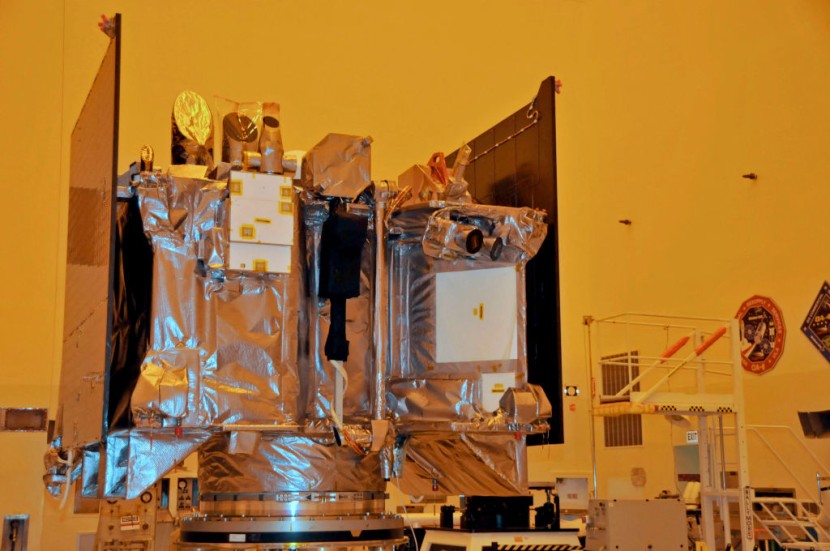NASA launches a daring mission to intercept the asteroid known as Apophis, nicknamed the "God of Chaos" as it approaches Earth.
The space agency's former ISIRIS-REx spacecraft will journey to the cosmic object and take advantage of its 2029 flyby of our planet. The craft previously went on a seven-year, four billion-mile journey to bring back samples of the asteroid Bennu to our planet.
Intercepting "God of Chaos" Asteroid

Now, OSIRIS-REx, also known as Origins, Spectral Interpretation, Resource Identification, and Security-Regolith Explorer, is already preparing for its new destination. When the spacecraft left Bennu in May 2021 carrying a sample, its instruments were still in great condition and had roughly a quarter of its fuel remaining.
Instead of shutting down the spacecraft, the team handling the OSIRIS-REx opted to propose sending it back into space after it delivered the Bennu sample. The bonus mission will involve the asteroid known as Apophis, with an expected arrival date of April 2029.
The space agency agreed to the proposal and ISIRIS-APEX (Origin, Spectral Interpretation, Resource Identification, and Security - Apophis Explorer) was born. The decision was made after NASA considered several destinations, including Venus and various comets, as per SciTechDaily.
Apophis is an "S-type" asteroid made up of silicate materials and nickel-iron, which is relatively different from the carbon-rich "C-type" asteroid Bennu. The thing that makes Apophis intriguing is that it is anticipated to have an exceptionally close approach to our planet on Apr. 13, 2029.
While the asteroid will not directly hit Earth during this encounter or in the foreseeable future, the 2029 event will bring it within 20,000 miles of its surface. This is a distance that is closer than some satellites. It is also close enough that the asteroid could be visible to the naked eye to people in the Eastern Hemisphere.
NASA's OSIRIS-APEX Mission
Astronomers also estimate that asteroids similar in size to Apophis, roughly 367 yards across, come this close to Earth only once every 7,500 years. In a statement, the mission's project scientist, Amy Simon, said that OSIRIS-APEX will study the asteroid immediately after its passing.
The principal investigator for OSIRIS-APEX, Dani Mendoza DellaGiustina, said that Apophis' close approach is a great natural experiment. During a NASA press release last week, he noted that tidal forces and the accumulation of rubble pile material are foundational processes that play key roles in planet formation, according to Fox News.
Earth's gravity will affect the asteroid when Apophis passes near our planet. To understand the event's aftermath, OSIRIS-APEX will observe how the cosmic object's surface changes.
Our planet's effects on the asteroid are likely to change the length of its day, estimated at around 30.6 hours per day. The pass could also lead to landslides and quakes on the "God of Chaos" asteroid.
DellaGiustina added that the effects could inform them of how debris in the early solar system formed full-sized planets. NASA is expecting OSIRIS-APEX to "operate in proximity" of Apophis for 18 months after its passing, said WION News.
© 2025 HNGN, All rights reserved. Do not reproduce without permission.








